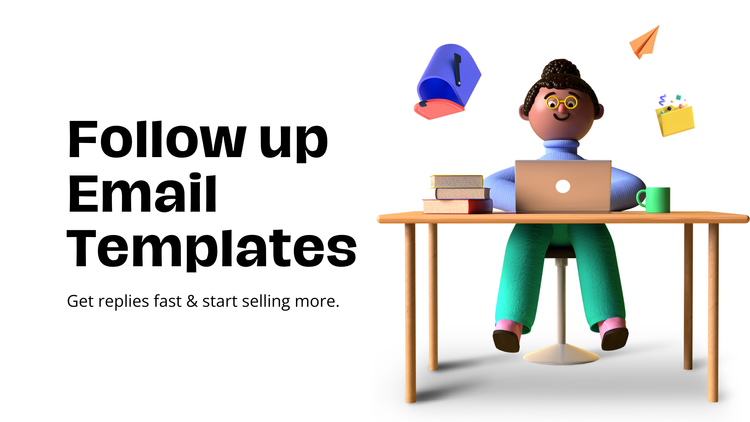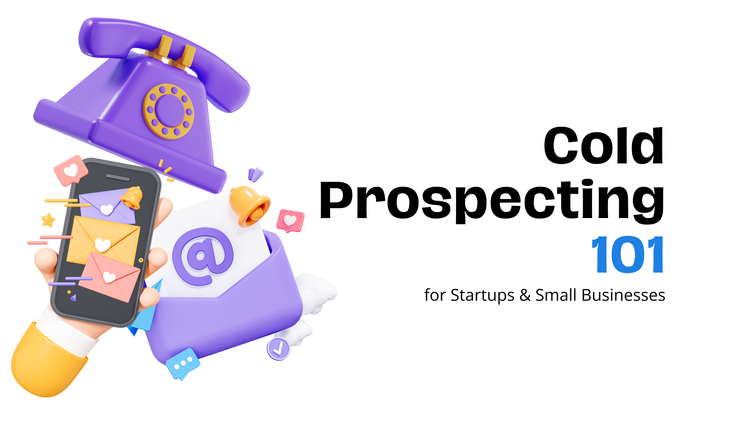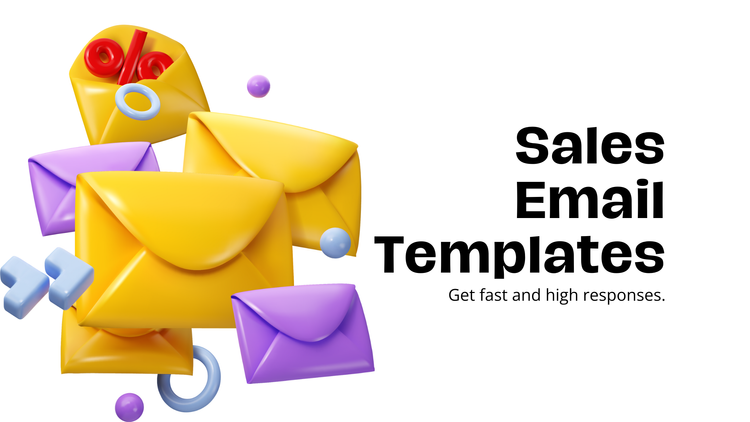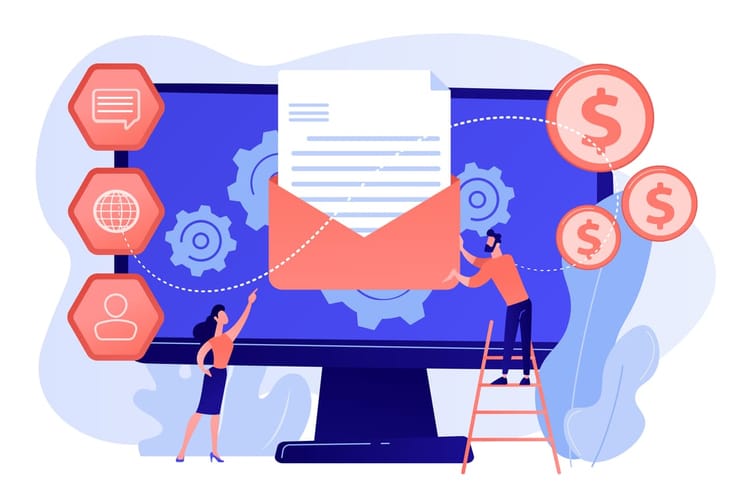Tips on How to End a Sales Email

Oftentimes it's common to have multiple emails as part of your sales sequence. A prospect's last impression is often the most important in effective sales communication, so how you end your sales email matters just as much as how you begin it. The sales email is an essential communication channel that can complement voicemails, phone and other channels nicely.
You can effectively set the scene for further communications or a call to action by ending a sales email correctly. It's often the last line of the sales email that determines how a prospect will react to it - hence its importance. In saying that, email closing lines aren't the only thing of importance. You still need strong subject lines and/or content to get them to read the damn thing.
In this post, I will discuss various ways to end a sales email so that you can determine which strategy works best for you and your company.
Sales Email Structure
Whilst I'll mainly focus on tips and strategies for ending an email, I think it is essential to understand the other elements that make up a successful email first. Remember, you need to get your prospects to read the email - if they don't, even the best closing lines won't do you much good. The structure of a good email consists of the following:
- A subject line that grabs the reader's attention
- An email opener that typically entices the prospect to read more. This should be something that makes you stand out. Ice breakers, pattern interrupts, and personalization can work well here.
- Next is the main body of the email. What is the purpose of your reaching out?
- Once you have outlined the reason for getting in touch, you provide a call to action or CTA. What actions do you want the prospect to take?
- And finally, your email signature. This should include contact details, including email and phone number if they want to get in touch with you.
6 Tips For Ending an Email to Prospects
Here are 6 ideas to help you close a sales email and encourage further engagement from your prospect:
Use a CTA.
A call to action should be included in every sales email you send. By ending your sales email with a CTA, you explicitly tell the prospect what you want them to do next. The previous content in the email all rests on the call to action, hence its importance. Remember, it's your job as a sales professional to lead the prospect through the sales process, so don't feel bad about helping them to do that with closing lines that inspire them take action.
Ask Them What You Want, But Don't Come Across as Pushy.
The problem with providing a CTA is the risk of coming across as too pushy when making the ask. Maybe the prospect isn't ready to do what you want them to do, and if that is the case, you can quickly turn the prospect off.
It's a fine line between not selling enough and selling too much, and often times the only way you can learn what that line is, is through experience.
For this reason, it wouldn't be considered best practice to ask for the sales over email unless you are sure about the response. A better closing line would be to book a demo or further conversation to discuss the proposal in more detail - you can go for the close then, if appropriate.
The goal of a CTA is to get the prospect to take action, not to close the sale. So make sure your ask (whatever that is) is easily achievable for the prospect.
Ask Questions to Get Them to Respond
If you're not ready to make the ask, or you feel that it might be too pushy, another idea is to end your sales email with a question. Doing so encourages the prospect to respond to your email, which will further the conversation.
It's essential to make sure that the question you ask is something that requires more than a one-word answer; otherwise, you're just opening up the floodgates for more one-word responses, and the conversation will quickly fizzle out.
A question that is open-ended but relevant to the conversation is more likely to get the prospect thinking and hopefully responding.
Asking a question as a way to end an email can help you learn more about your prospect and hopefully get more insights into their decision-making process.
Make a Statement That Requires a Response
Similar to asking a question, making a statement that requires a response can also be an effective way to end a sales email.
By making a statement and asking the prospect to agree or disagree with you, you are encouraging them to respond.
Of course, you want to make sure that the statement you make is something the prospect will actually have an opinion on. It should also be relevant to the conversation.
Making a statement is a great way to end an email if you want to further the conversation but don't necessarily want to make the ask just yet.
Use a Testimonial or Case Study
If you have a testimonial or case study relevant to the conversation, sharing that in your email can be an effective way to close.
When you include a testimonial or case study, you give the prospect social proof that what you're saying is true.
Including a testimonial or case study is especially effective if you're making a claim that might be seen as bold or outrageous.
For example, if you're claiming that your product can increase sales by x%, sharing a case study of another company that saw the same results can help to validate your claim.
Provide a Booking Link
A friction-free way to move an opportunity to the next step could be to provide a booking link.
If you're emailing back and forth trying to schedule a meeting, this can quickly become a time-waster.
By providing a booking link, you're making it easy for the prospect to book a meeting with you without having to go back and forth to schedule a time.
Most meeting booking tools will allow you to customize the reminder emails and reminders sent out, so you can include additional information such as the agenda for the meeting or any prep work that needs to be done beforehand.
Conclusion
There's no one-size-fits-all answer to how to end a sales email.
The best way to close will vary depending on the situation and your relationship with the prospect. Have you already engaged with them, or have they only received voicemails? These things will influence how familiar the prospect is with you and will influence how you should best end a sale email. Most important is that you keep the conversation going and move closer to a sale, and the easier you can make this for the prospect, the better.
The tips above are just a few ideas to get you started. Experiment and see what works best for you and your prospect.





